Tech
The latest Tech breaking news, comment, reviews and features from the experts at T3
Explore Tech
-
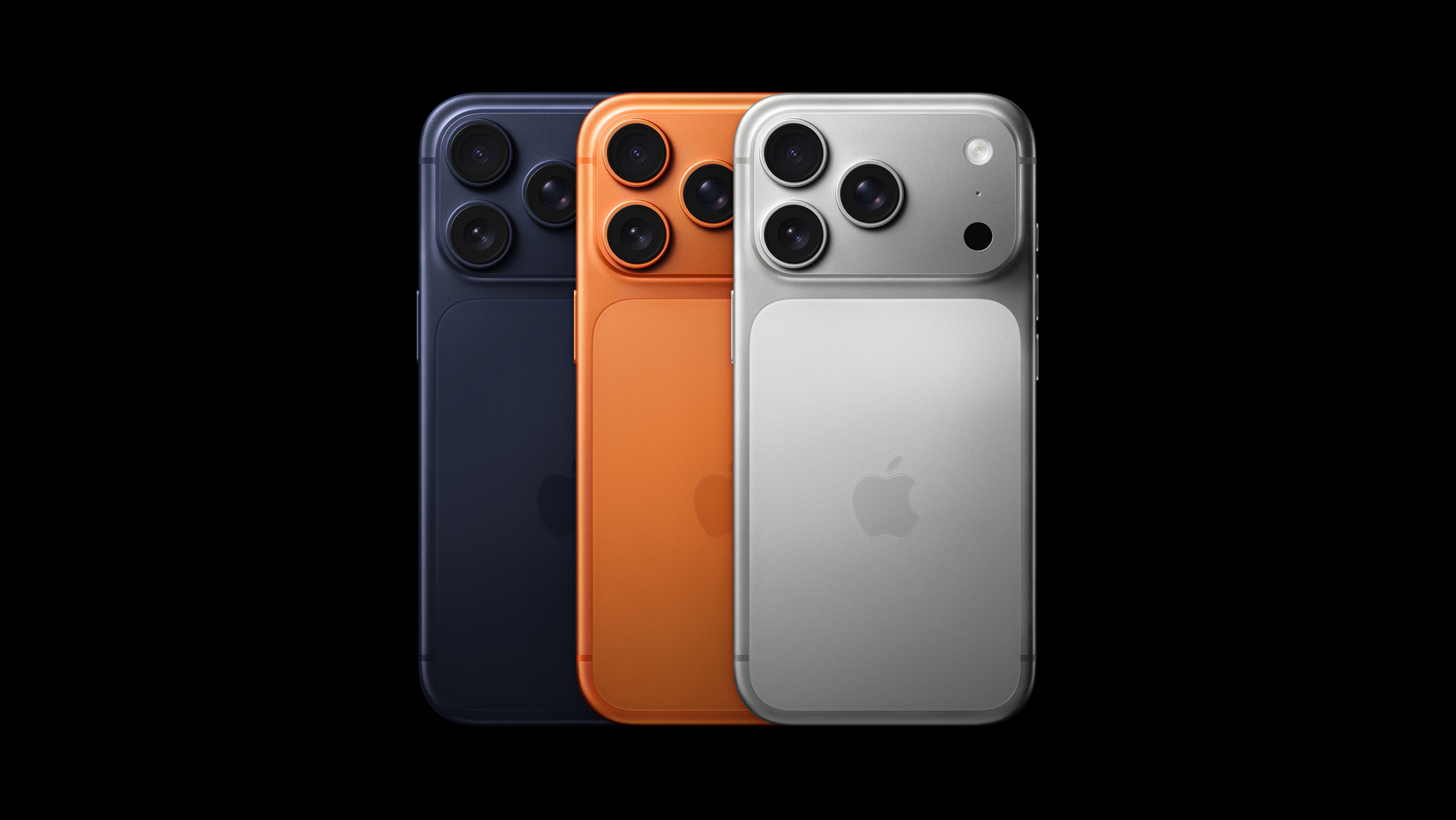
These are the best iPhone deals for Black Friday
Get the best prices this Black Friday on the iPhone 17, 17 Pro, 17 Pro Max, Air and more
By Mat Gallagher Last updated
-

Argos best Cyber Monday tech deals: Today's best new offers in the sale
Black Friday sales at Argos are well underway – here are the best picks
By Mike Lowe Last updated
-
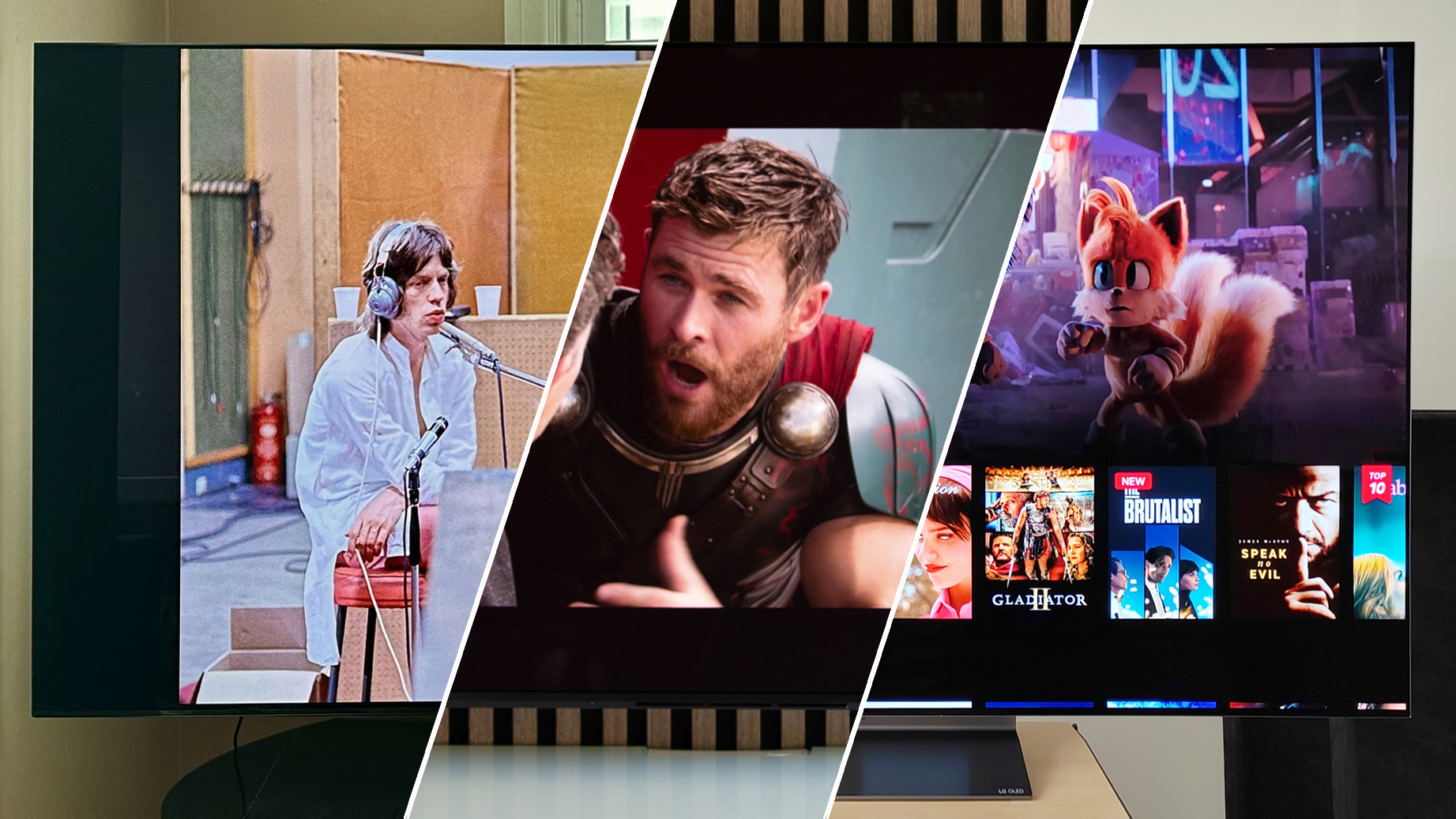
Looking to buy a new TV? The 3 best options – they've never been cheaper
This trio of TVs cater for all budgets and sizes
By Mike Lowe Published
-
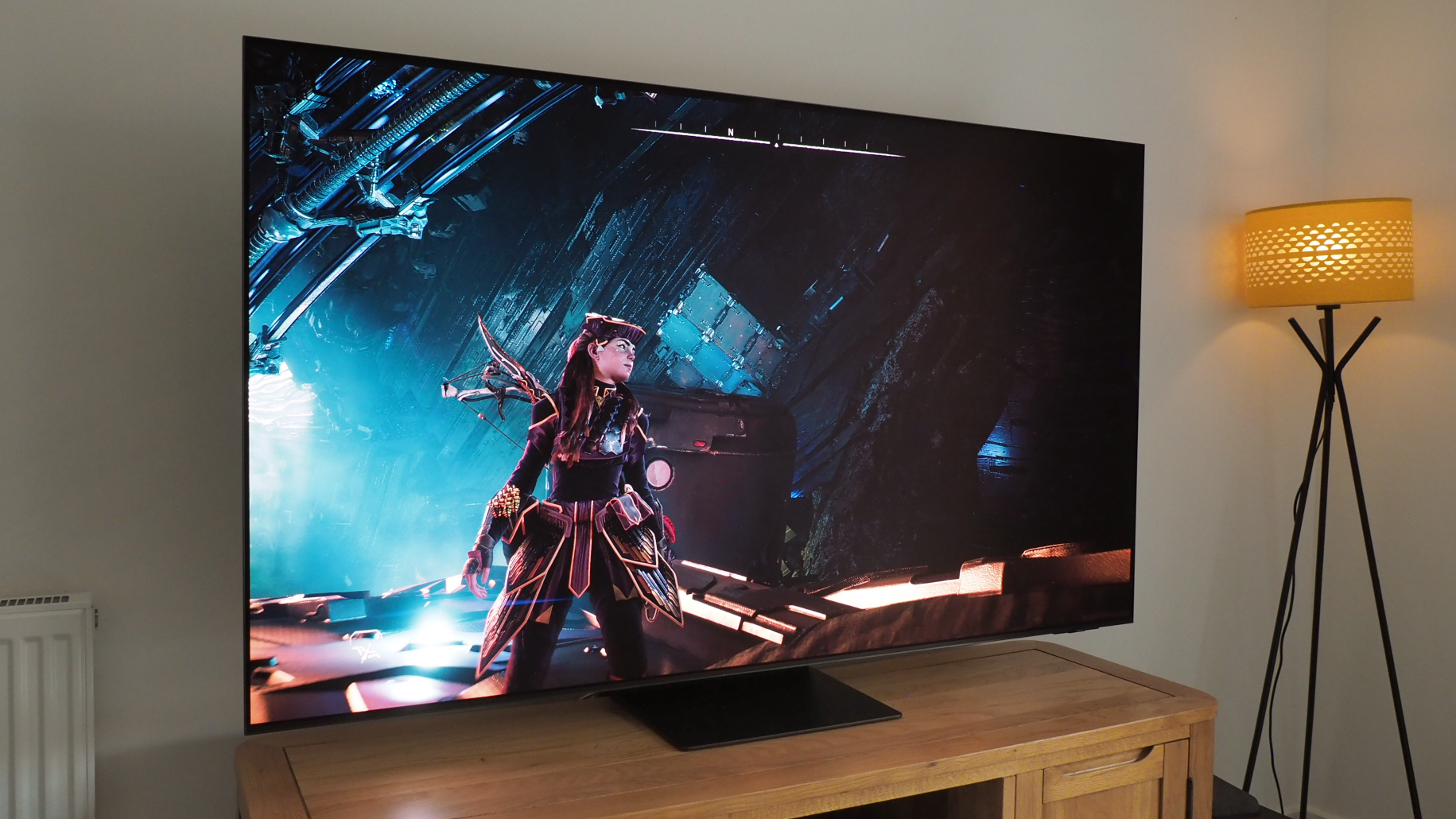
I review TVs for a living – here's why my 2025 favourite is Samsung's flagship
Samsung's S95F is brilliant – and PayPal has a discount hack to make it cheaper
By Mike Lowe Published
-
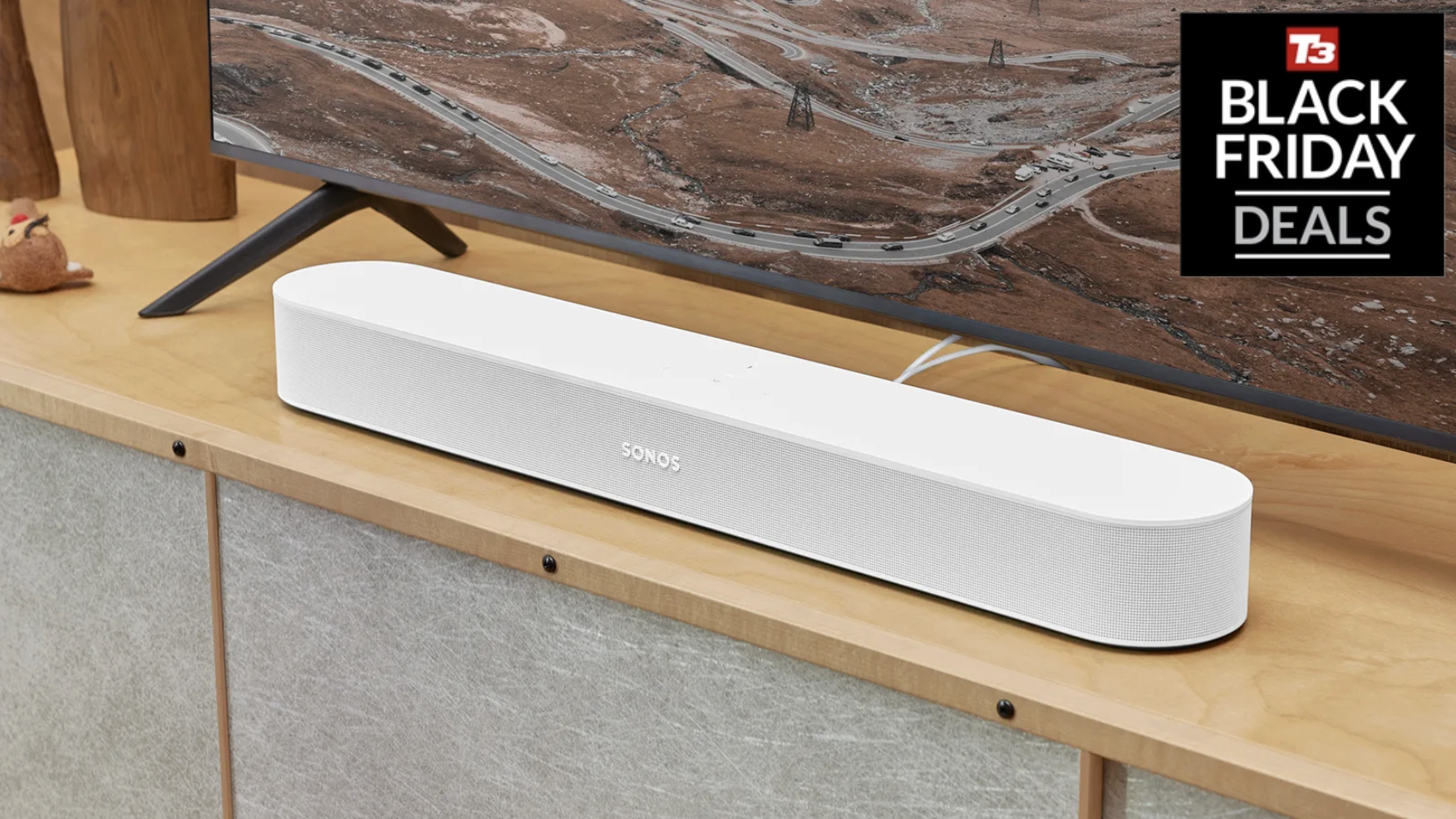
It's no world first, but this Sonos soundbar deal is still my top suggestion for friends and family
The Sonos Beam 2 is a great soundbar for a great price point
By Mike Lowe Published
-
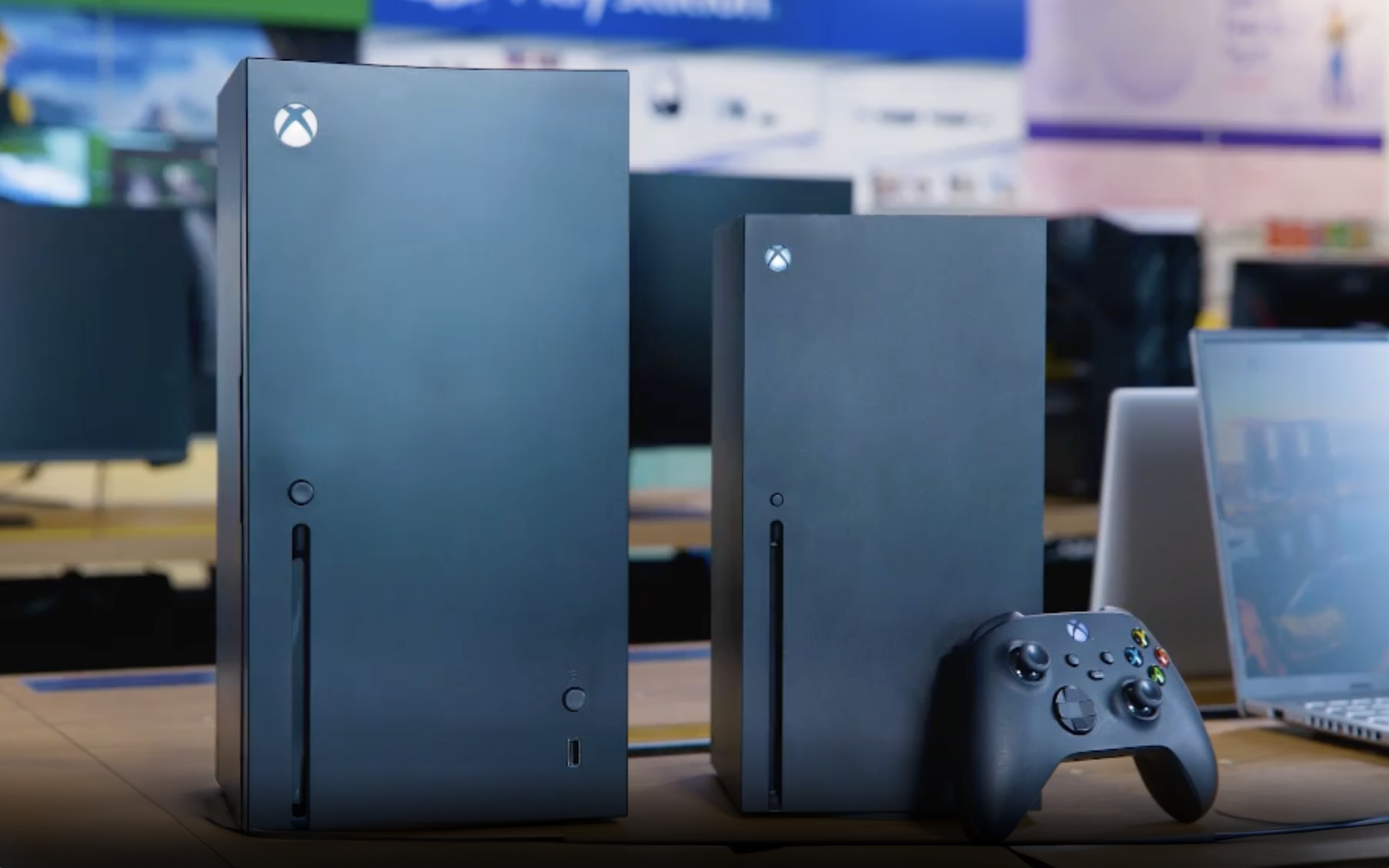
This is the 'Xbox Mini' I need in my life – it's far cheaper than a Series X
Currys has the Xbox-style mini-fridge on offer, at just £39.99
By Mike Lowe Last updated
-
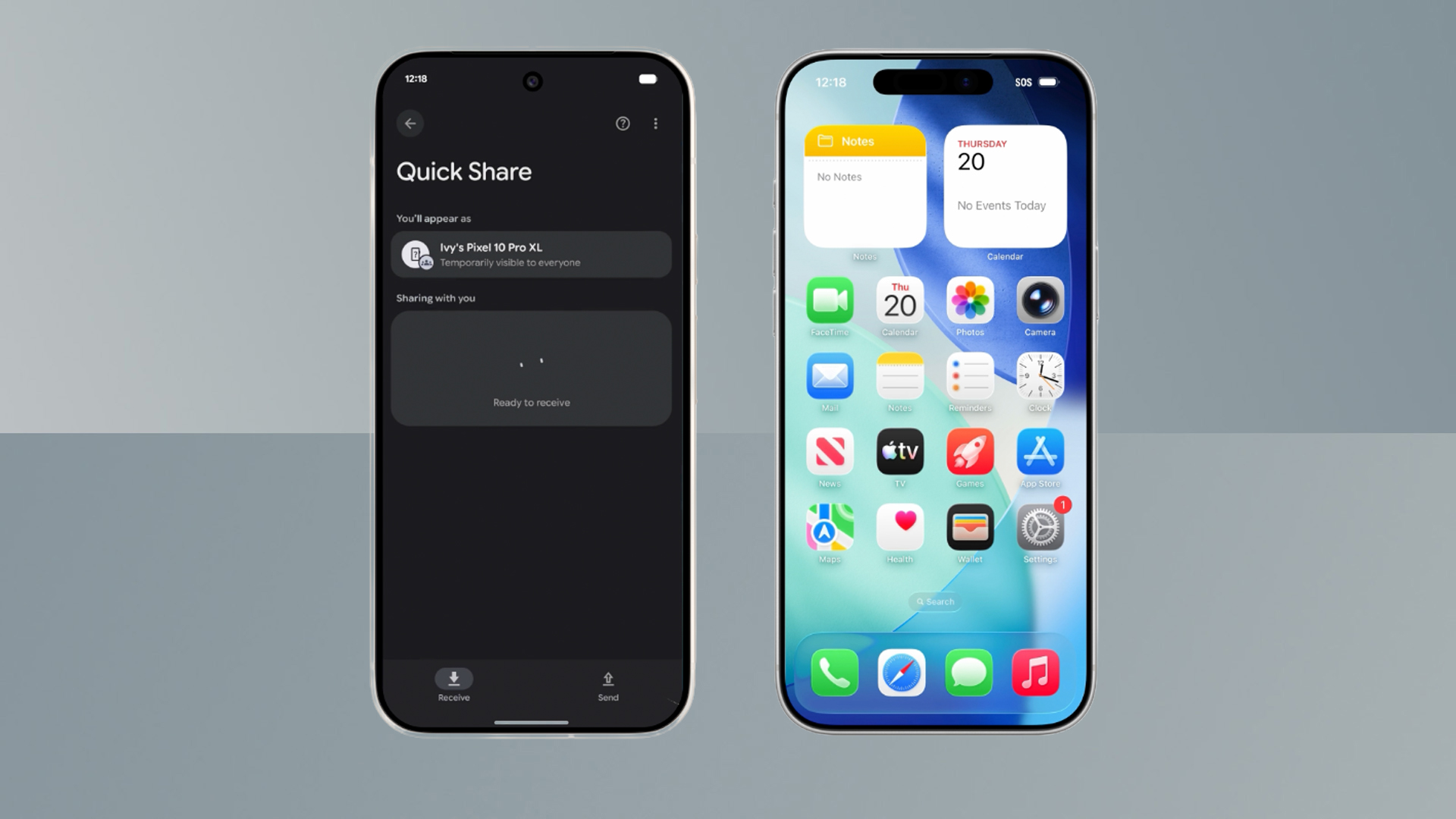
Google's ingenious Android-iPhone AirDrop solution hits a snag
There's a fix, but it's not a long term one yet
By Britta O'Boyle Published
-
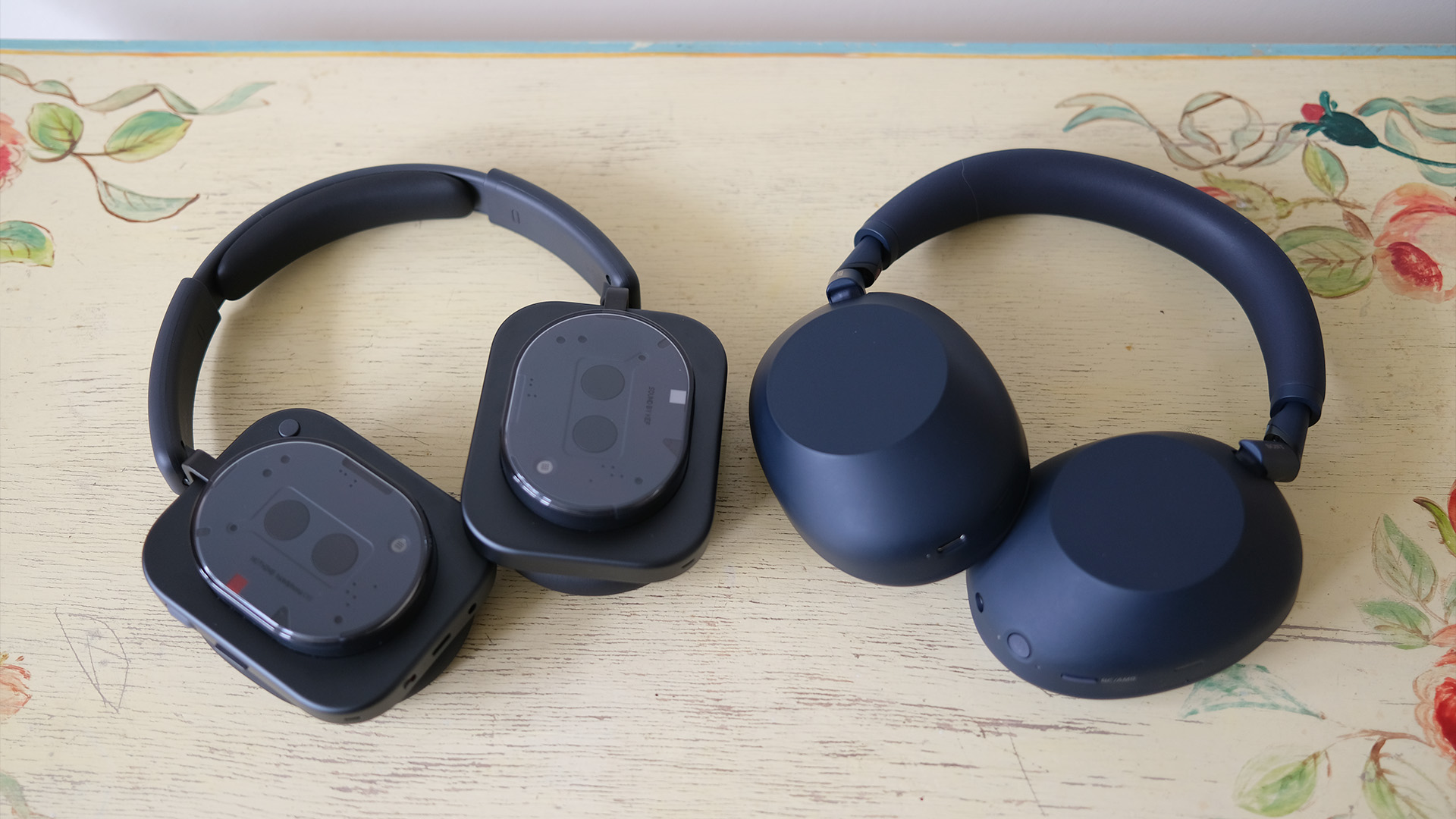
I've tested all the latest headphones – here are the ones worth buying today
Black Friday is here, so the discounts are everywhere – but what should you buy?
By Mike Lowe Published
-
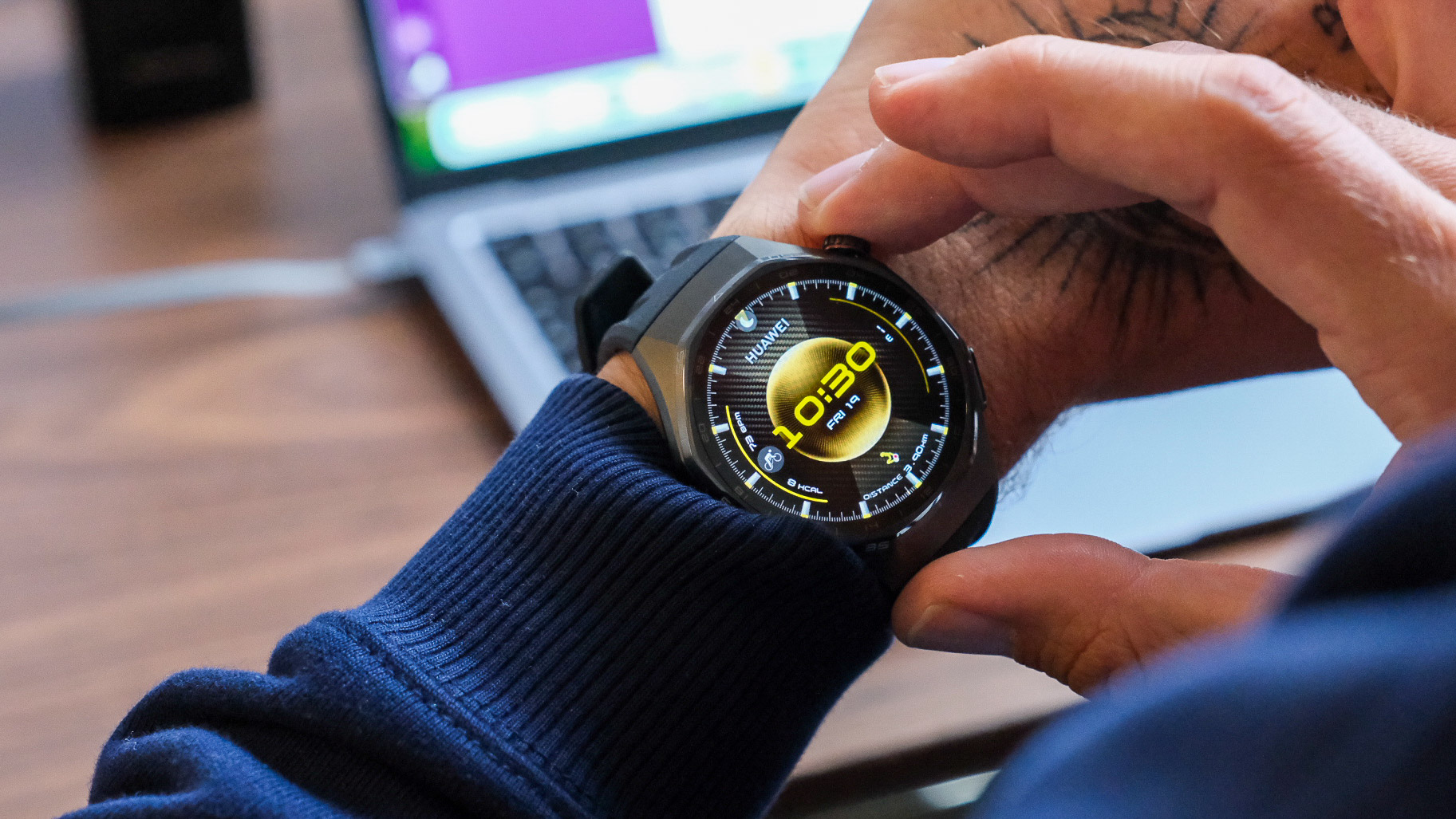
'Brilliant' smartwatch with 'battery life that has been something else' has dropped to its lowest ever price for Black Friday
Watch GT 6 Pro is a premium smartwatch for a temptingly low price
By Matt Kollat Published
-
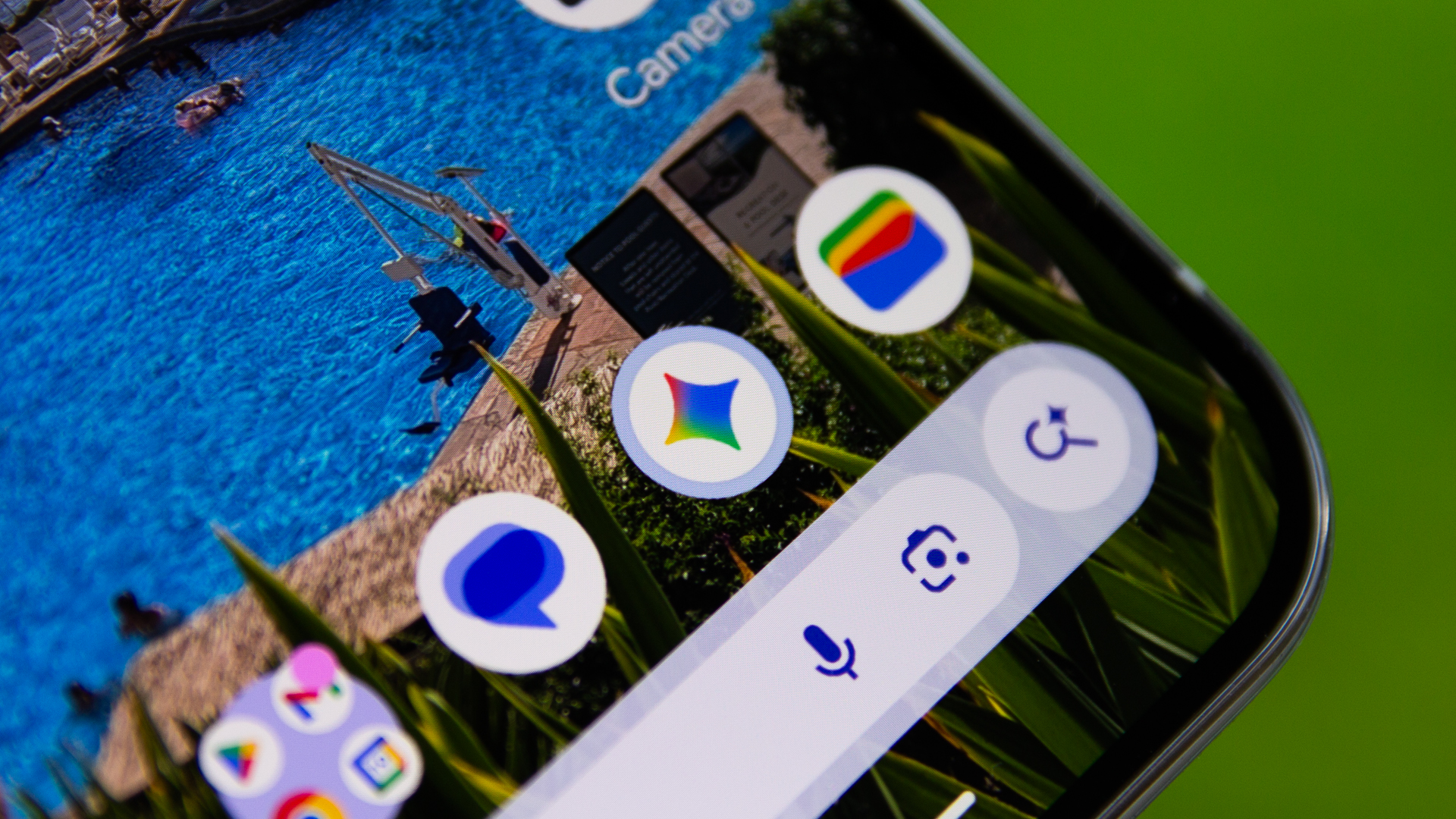
Google just put the brakes on free Gemini use
Gemini 3 seems to be proving popular – and that might be behind a bunch of new limits
By Chris Hall Published
-
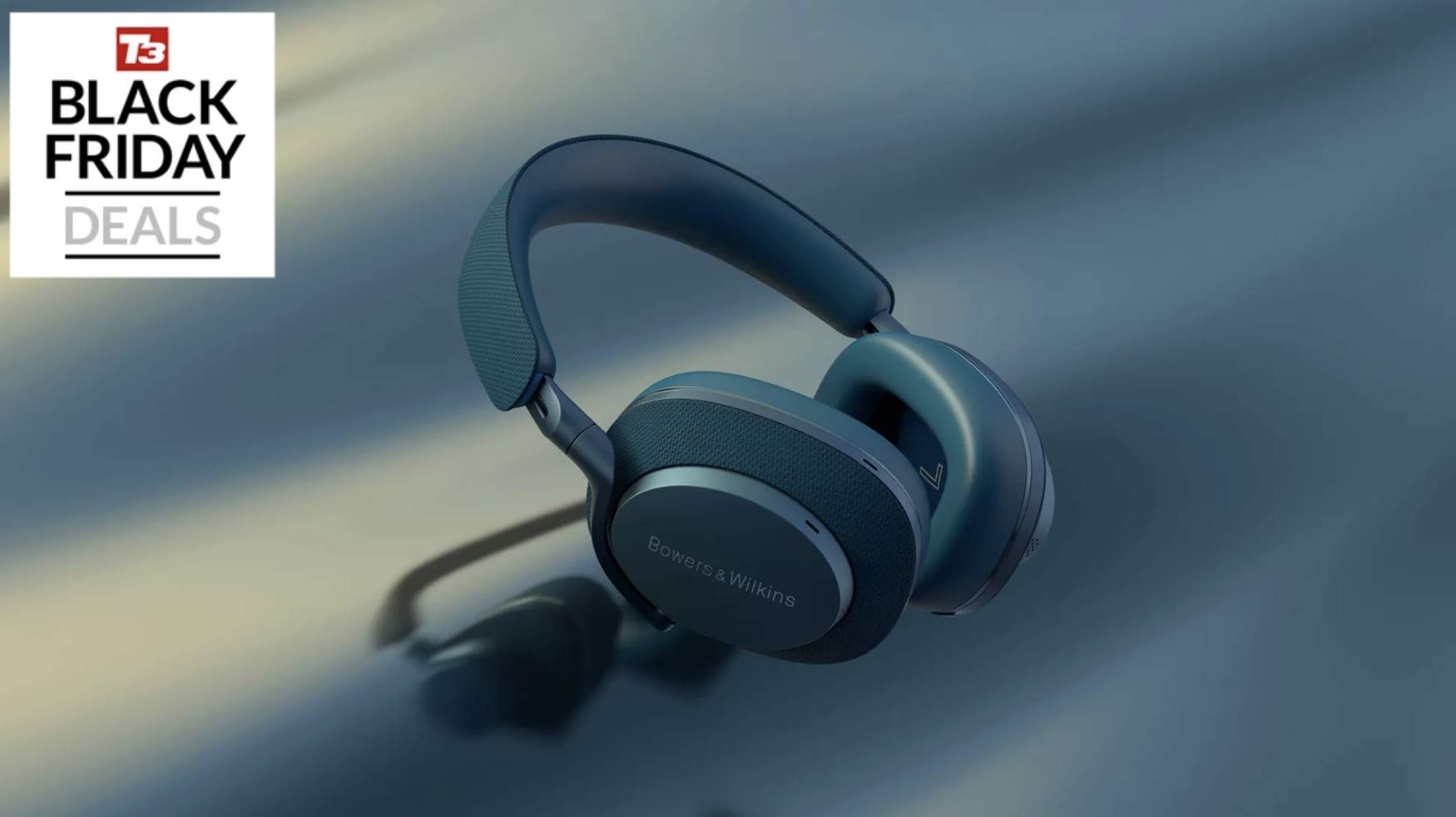
Forget Sony, these 5-star headphones are my faves – and cheaper than ever
The Bowers & Wilkins PX7 S2e are now cheaper than ever before
By Mike Lowe Last updated
-
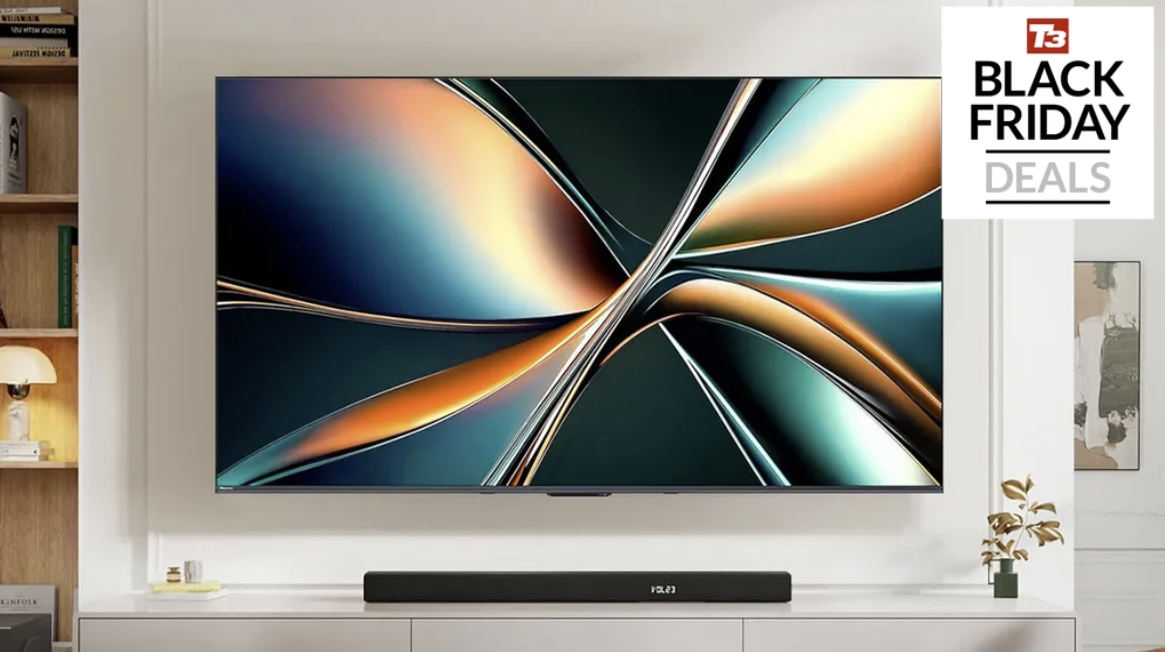
You have just hours to grab the best Black Friday TV deal of the year
The 55-inch Hisense U7Q is an Amazon 'Lightning Deal' today
By Mike Lowe Published
-
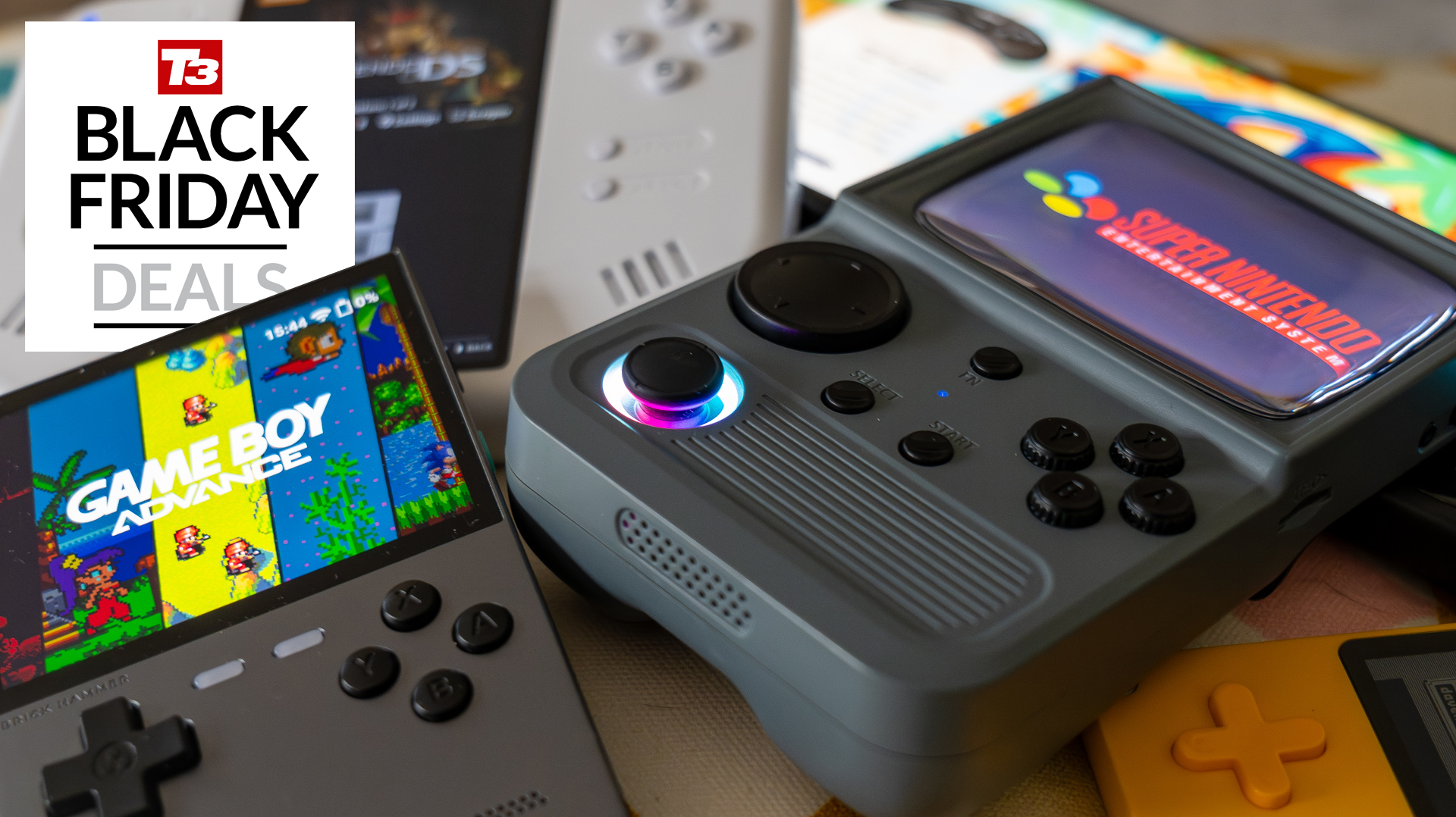
Best Black Friday retro gaming deals LIVE – handhelds, consoles, arcade machines and more
As a retro gaming fan, I'm constantly scouring the Black Friday deals to find the biggest discounts – here are the best so far
By Rik Henderson Last updated
-

"This is an Xbox" for just £72.99 – 100s of Xbox games at no extra cost
Get up and playing 100s of Xbox games in minutes, with no console required
By Rik Henderson Published
-
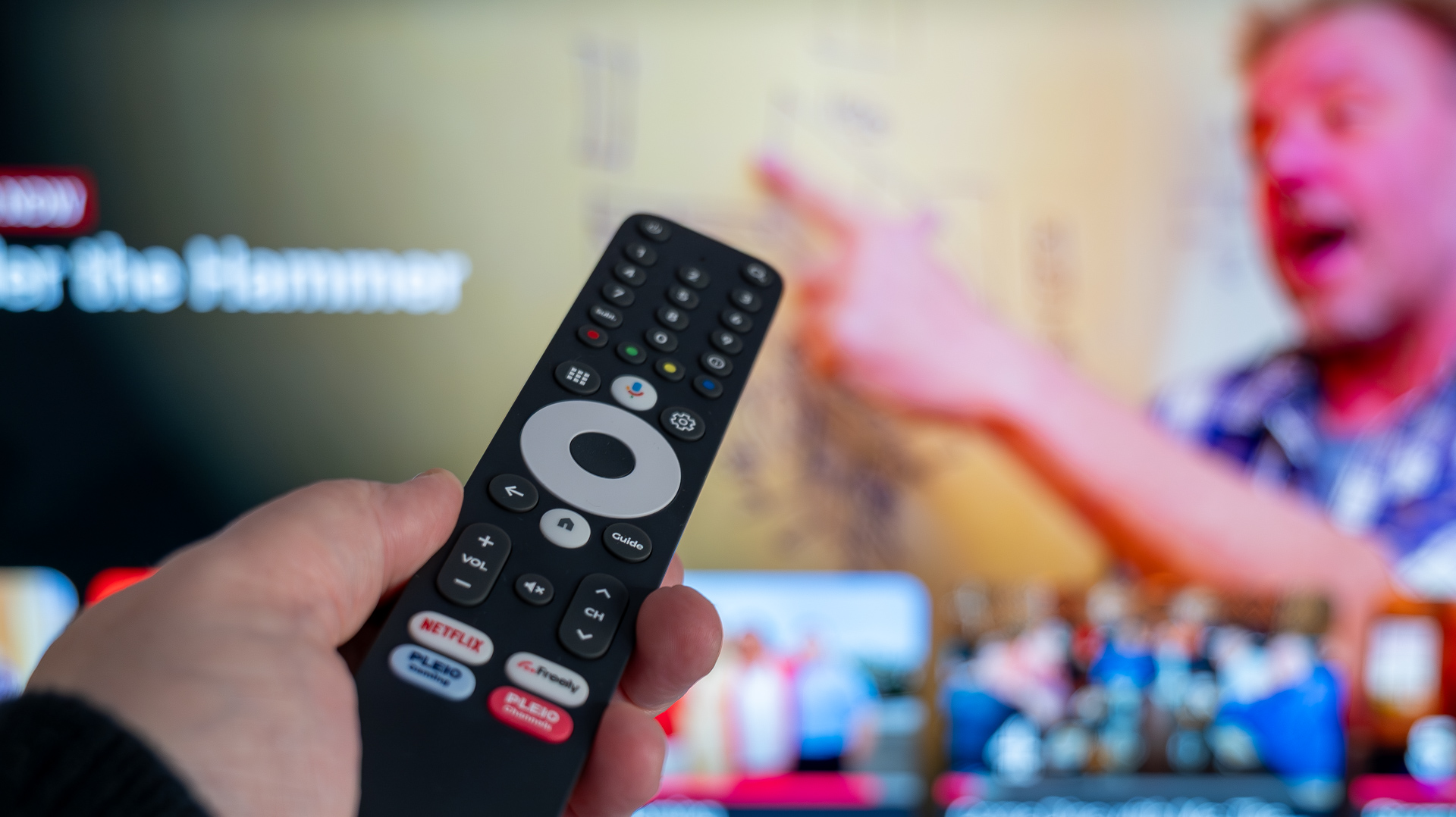
The Sky-busting free TV box we called "remarkable" is back in stock – but be quick as it could sell out again
The Netgem Pleio box comes with Freely preinstalled and Android TV – it also sells out as quickly as it can be made
By Rik Henderson Published
-

New free PS5 games make the PS Plus Black Friday deal an even bigger bargain – including one that's criminally underrated
PS Plus Premium is 33% off right now – and these new free games give you even more reason to subscribe
By Rik Henderson Published
-
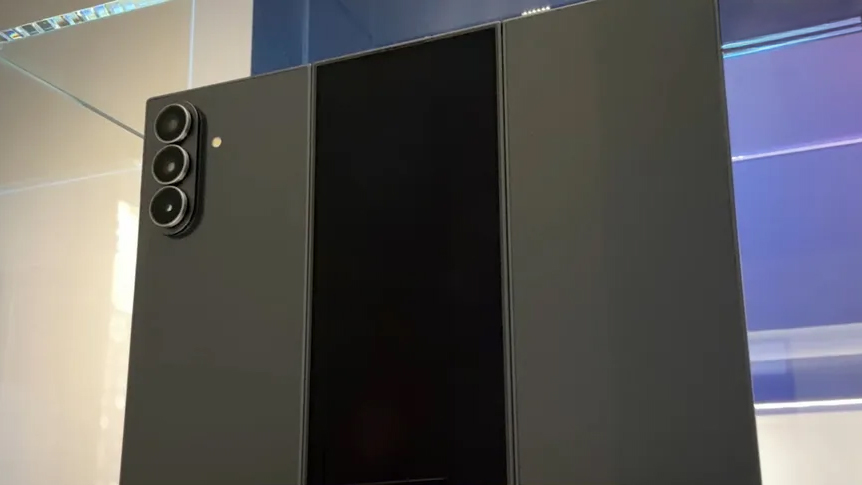
Samsung Galaxy Z TriFold gets an exciting update just days from launch
This latest leak could be great news for those eager to get the new Samsung folding phone
By Chris Hall Published
-
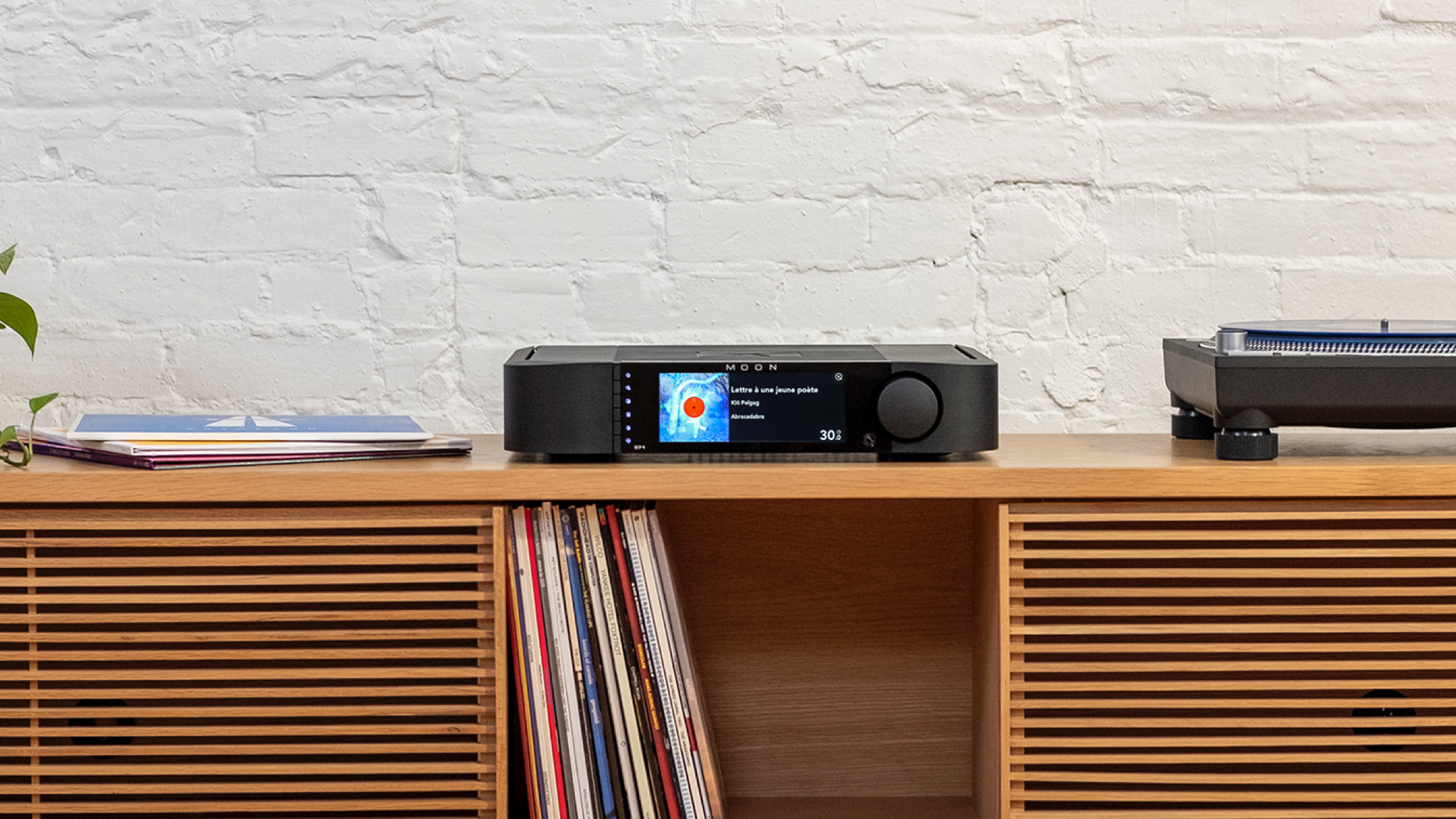
This new high-end network streamer gives you the Moon on a stick
The Moon 371 streaming amp promises streaming audio that's out of this world
By Carrie Marshall Published
-
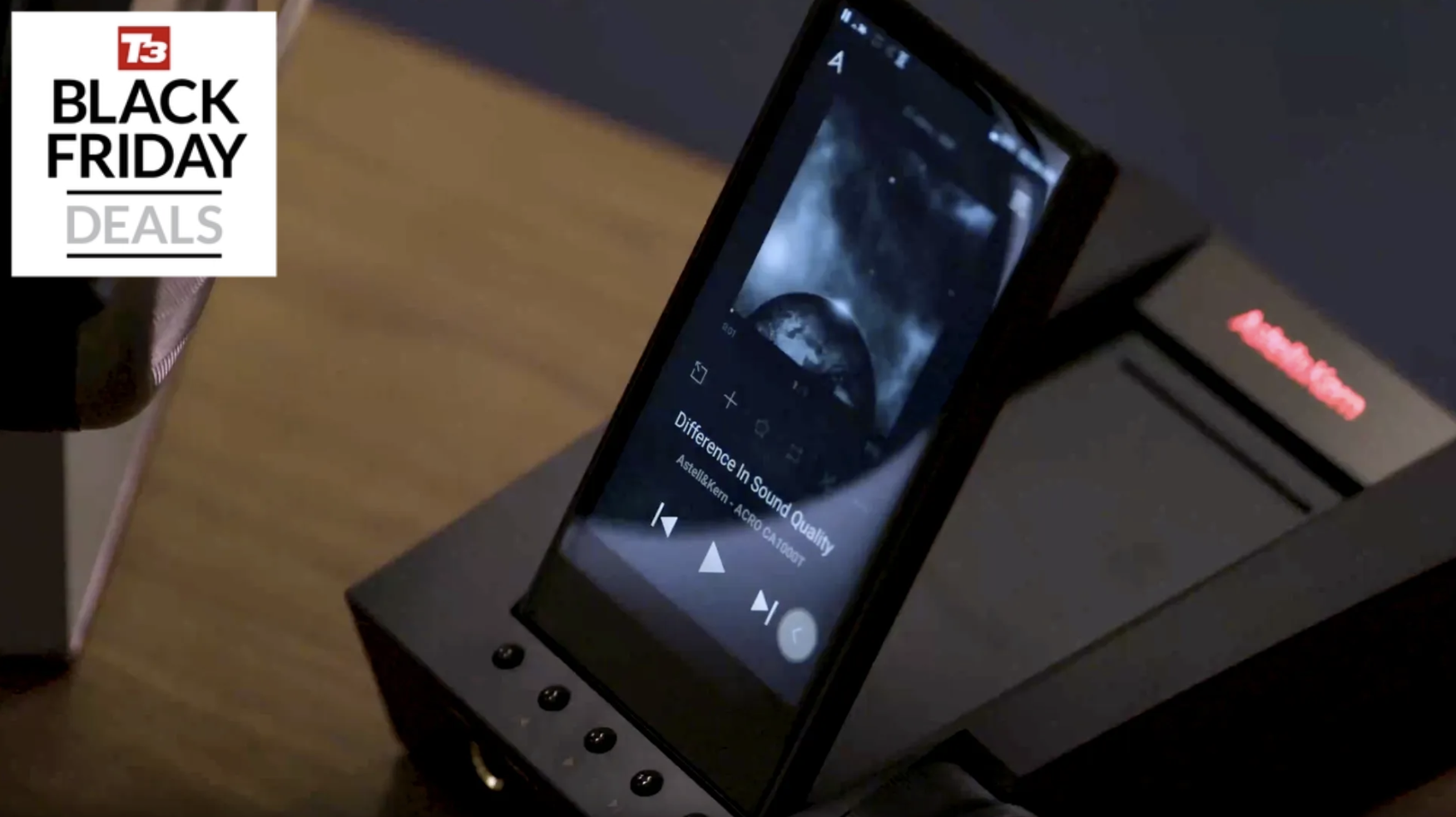
Audiophiles, brace yourselves: Astell&Kern's incredible Acro CA1000T desktop system somehow has 70% off its £2300 asking price
Sometimes Amazon's Black Friday deals are gems – however niche
By Mike Lowe Published
-
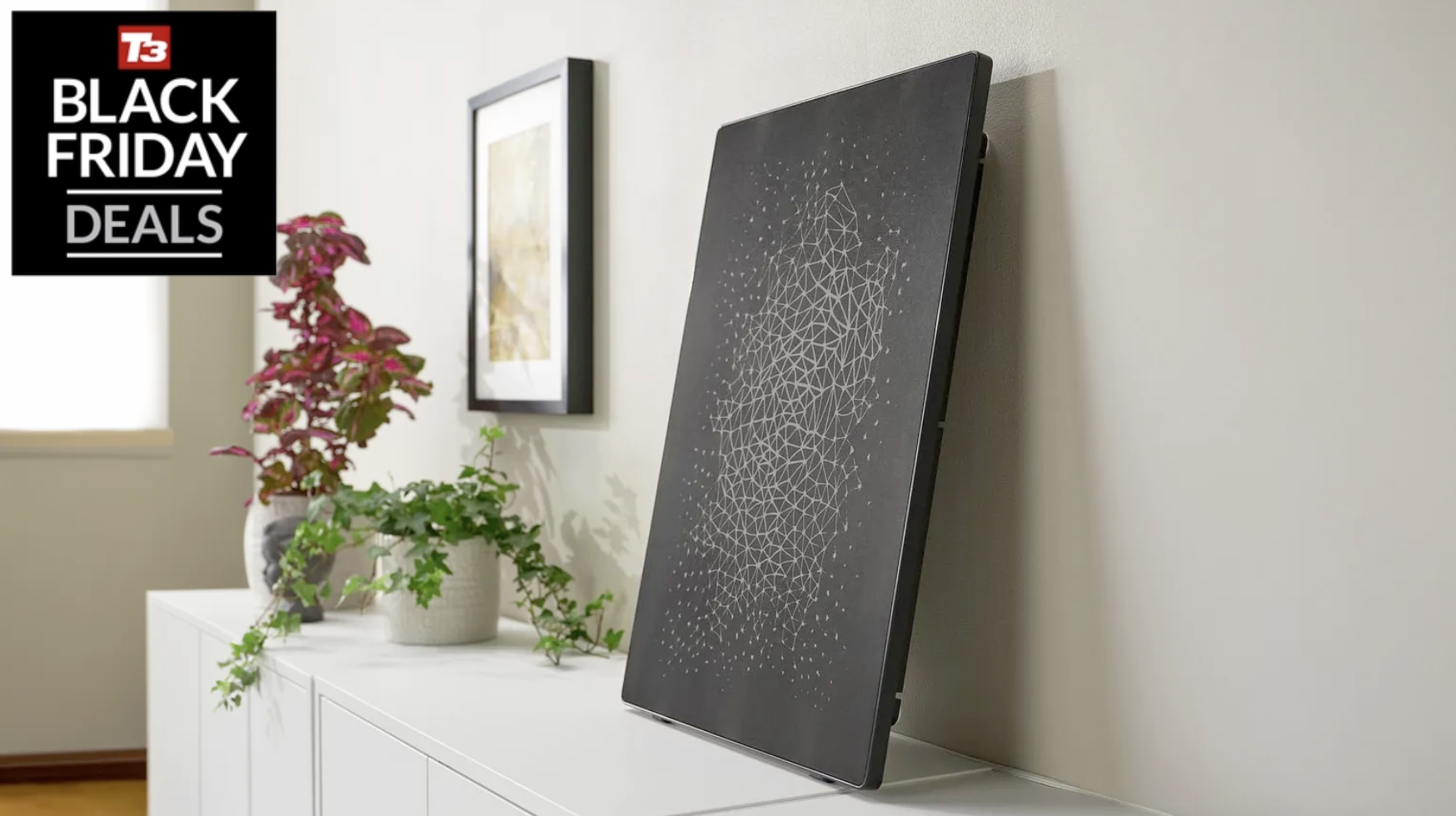
I've always wanted IKEA's 'amazing' speaker – now it's better than half price
The Symfonisk is a picture frame and speaker rolled into one, now with 55% off
By Mike Lowe Last updated
-
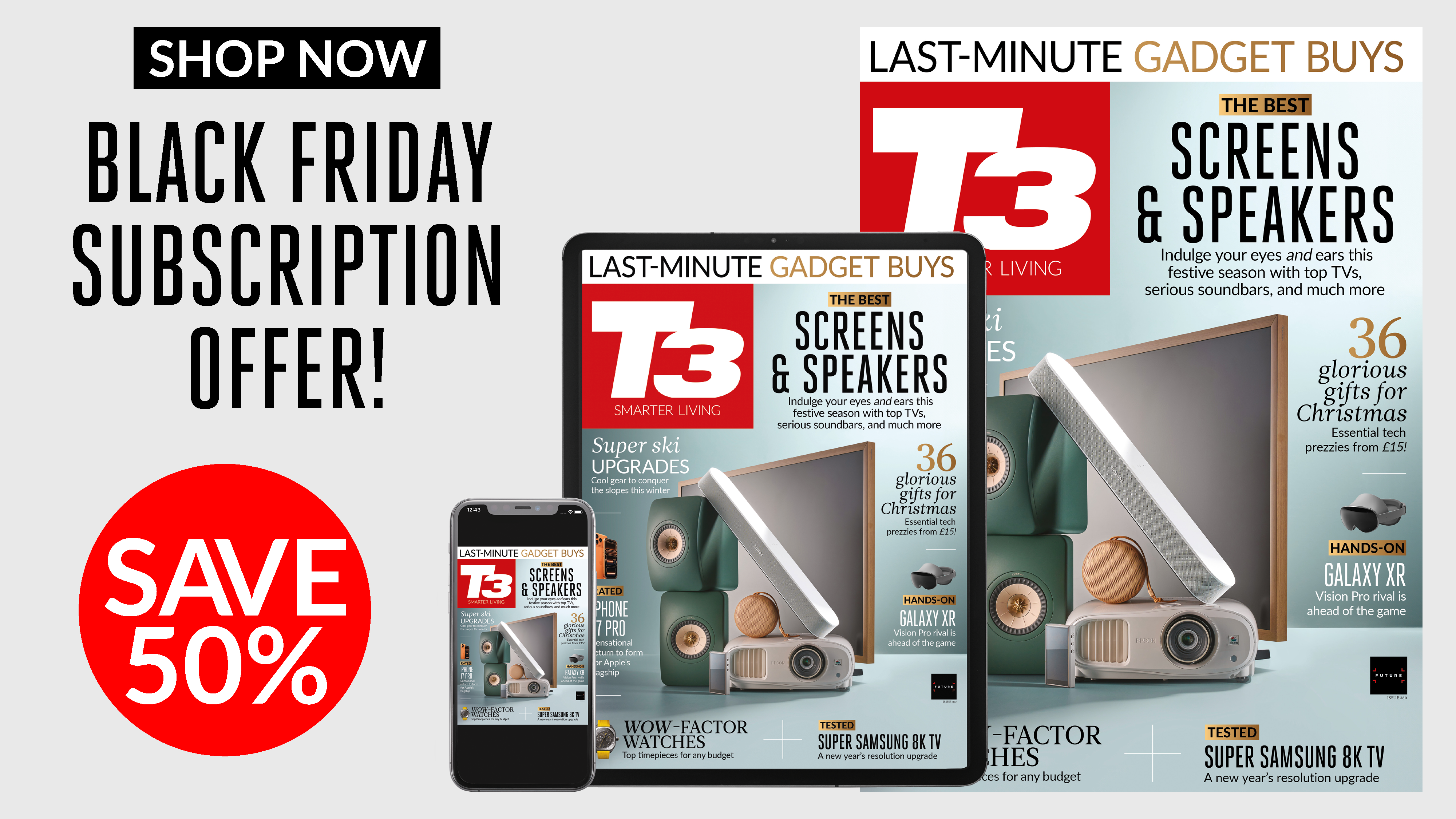
It'll never be cheaper to buy a subscription to T3 magazine with this deal
With a 50% Black Friday discount, we're practically giving it away
By Nick Odantzis Published
-
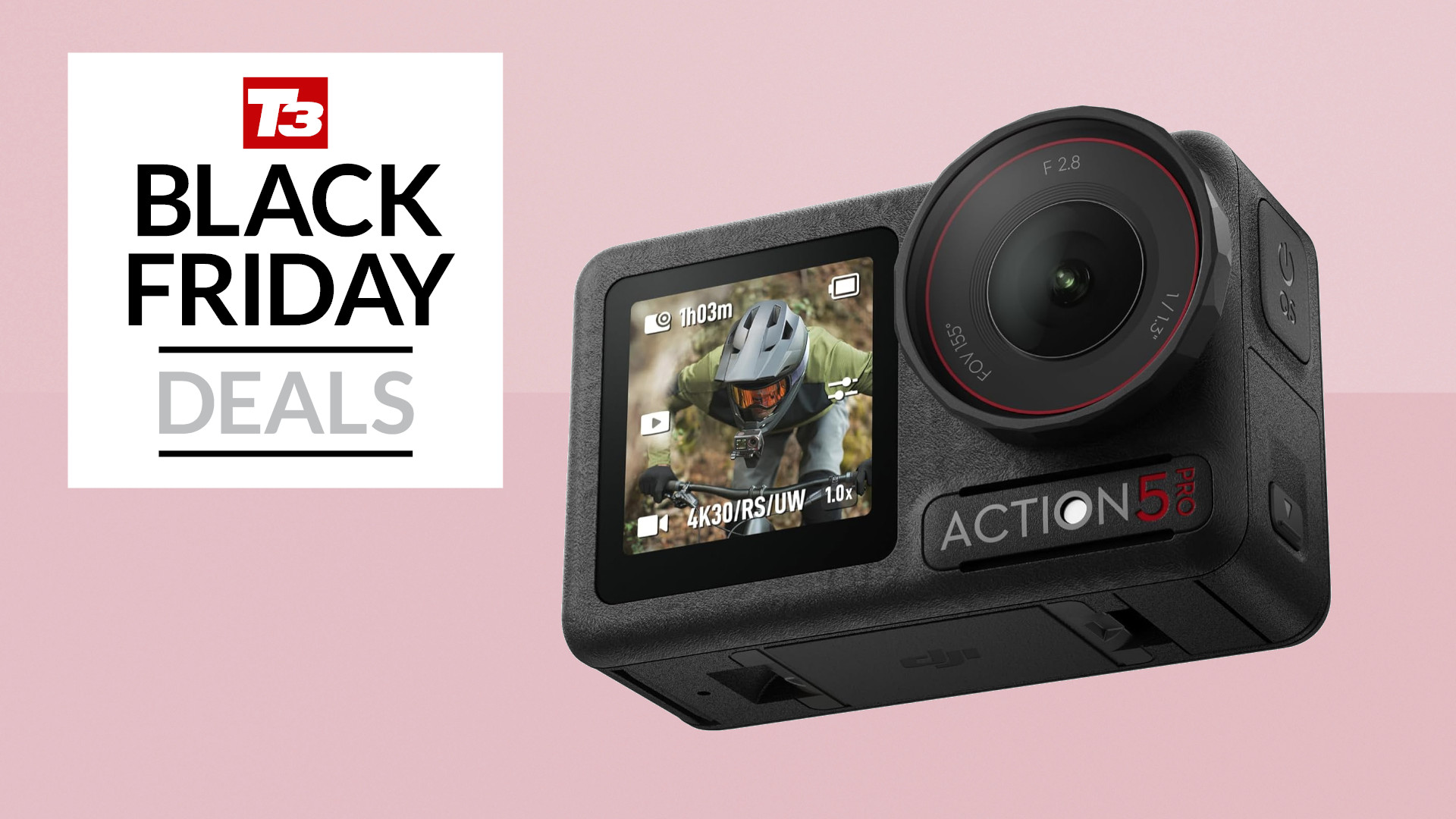
Forget GoPro – this premium DJI action cam has fallen to its lowest price for Black Friday
The Osmo Action 5 Pro has never been this cheap, but it won’t last
By Bryony Firth-Bernard Published
-
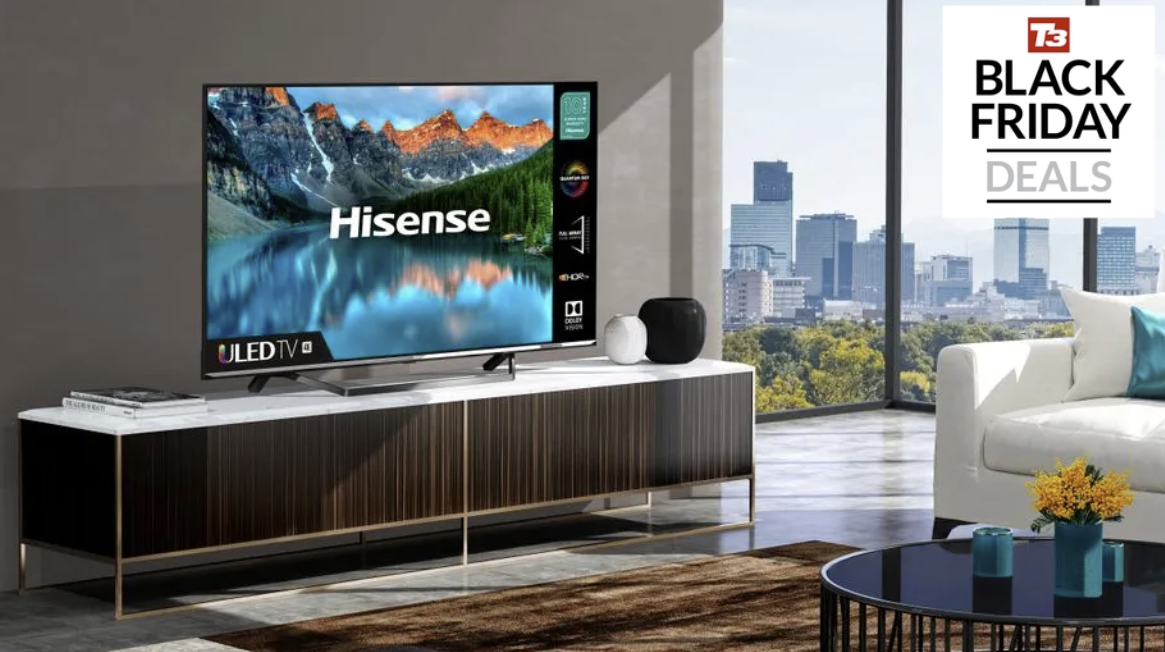
This Sky replacement Freely TV is Mini-LED, 144Hz and 57% off – so what's the catch?
Surely the Hisense U7QT at £429 is a typo? Well, prepare to be astonished
By Rik Henderson Last updated
-

I've always wanted a second TV – Hisense's 'superb' Mini-LED is now better than half price
The 55-inch Hisense U7Q is an Amazon 'Lightning Deal' today
By Mike Lowe Published
-
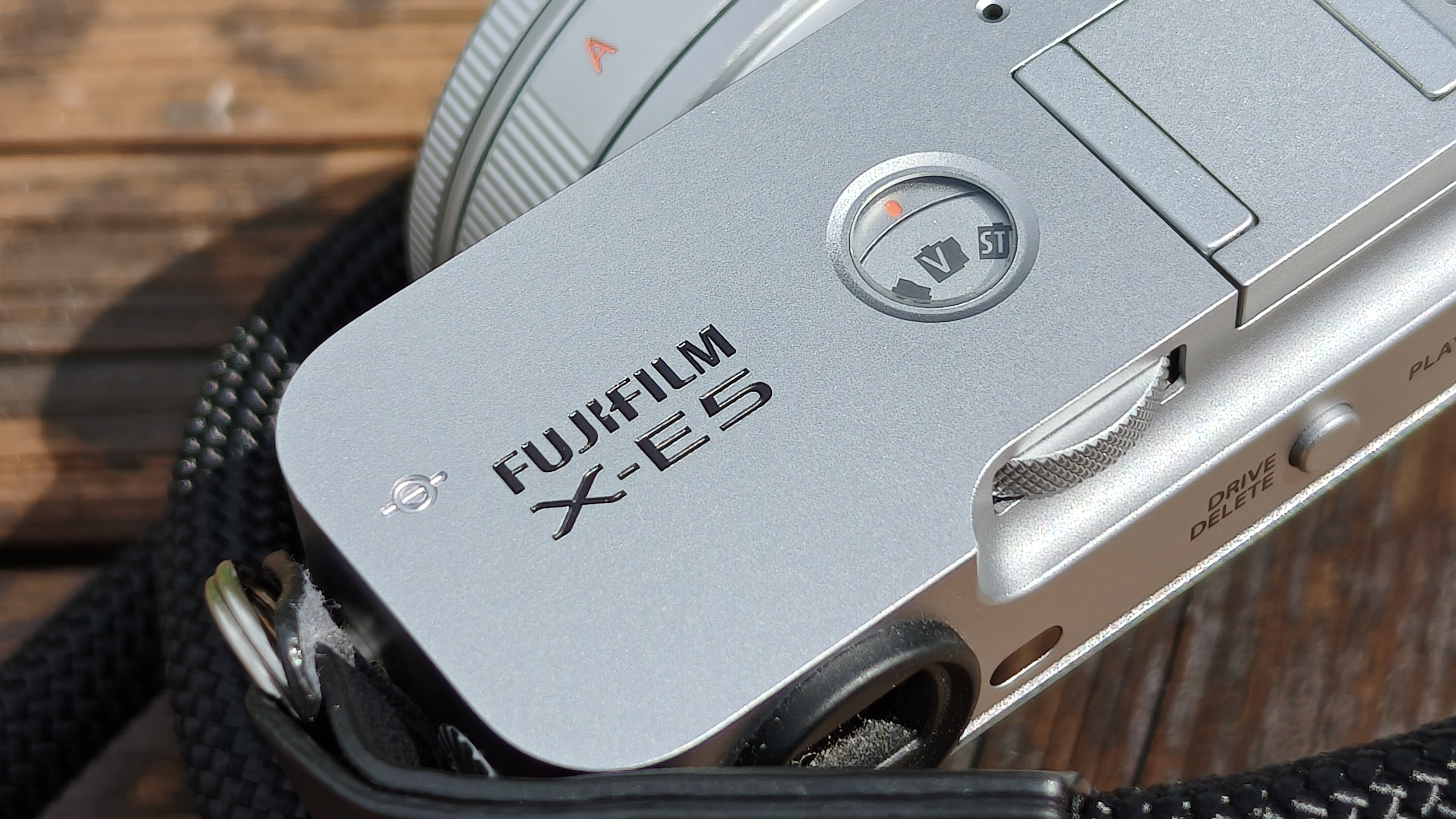
'Better than the Fujifilm X100VI' – my dream camera is on sale for Black Friday, but I might be swayed by something different
I love the Fujifilm X-E5, but deals on the X-T50 are making the decision much more difficult
By Sam Cross Published
-
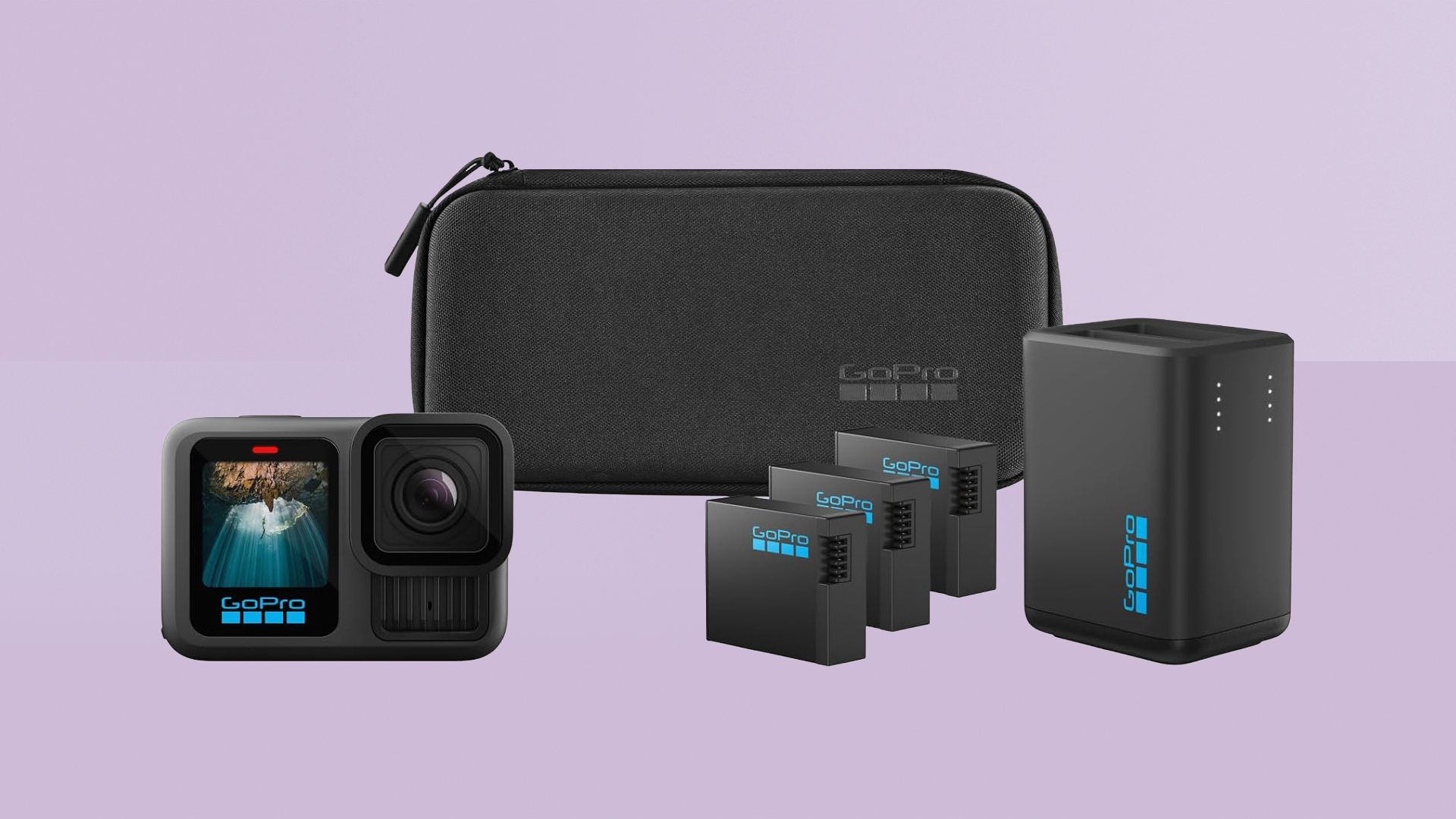
Is this GoPro’s best budget action camera bundle ever?
The brand's Hero 13 Black Extended Power Bundle is nearly half price off
By Matt Kollat Published
-
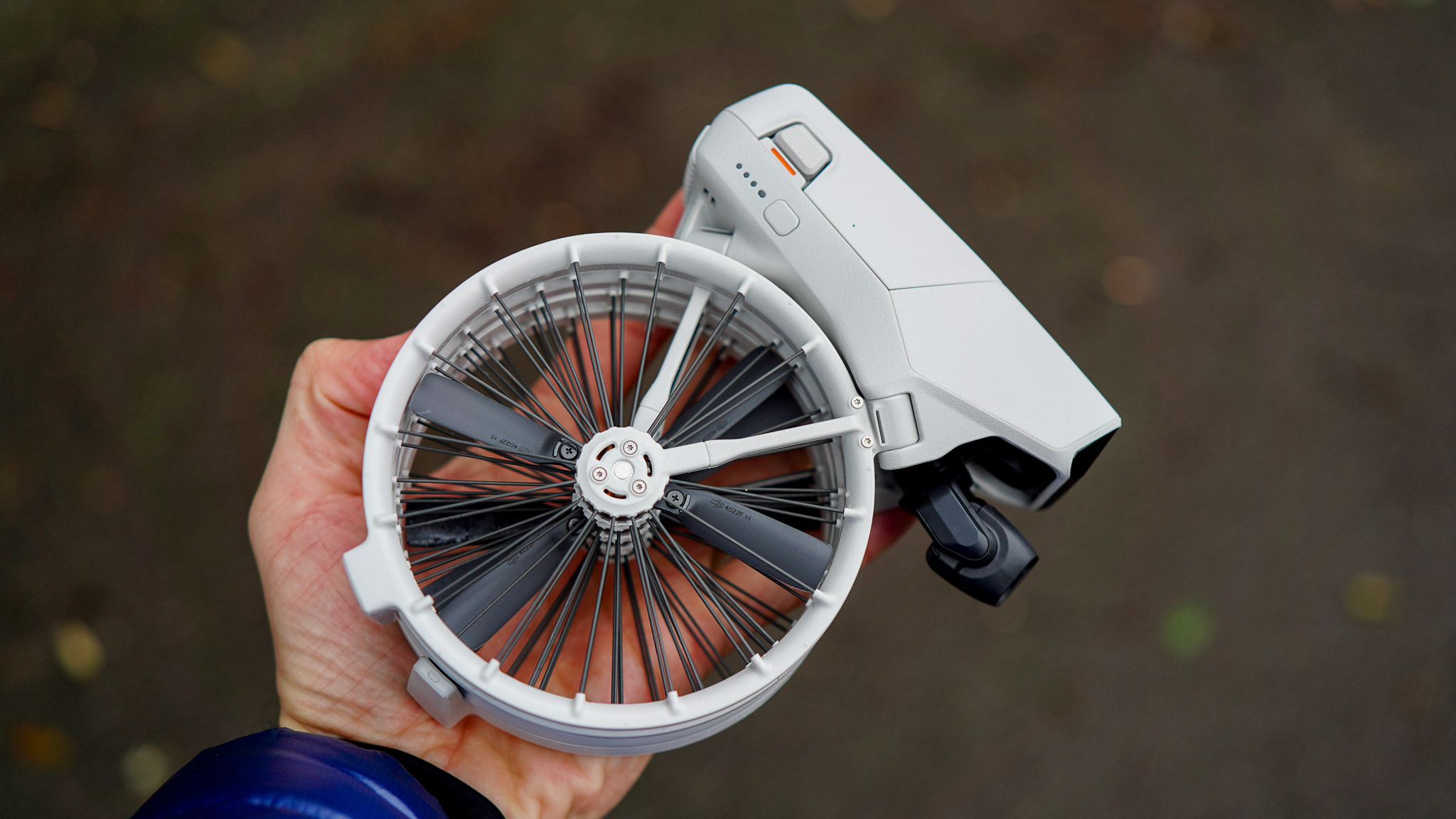
DJI's Black Friday sale is charging ahead at full speed – here's a drone editor's top picks
If I were you, I'd buy the Neo or the Flip right now
By Matt Kollat Published
-
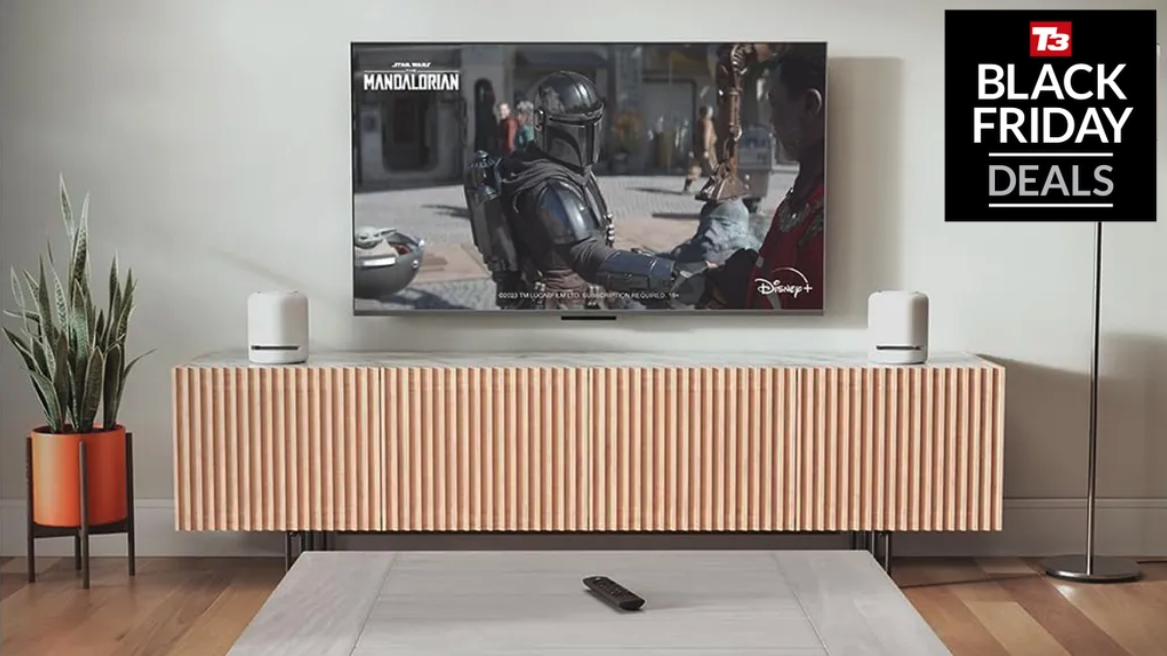
Don't buy the Amazon Fire TV Stick this Black Friday – buy one of these instead
By Mat Gallagher Last updated
-
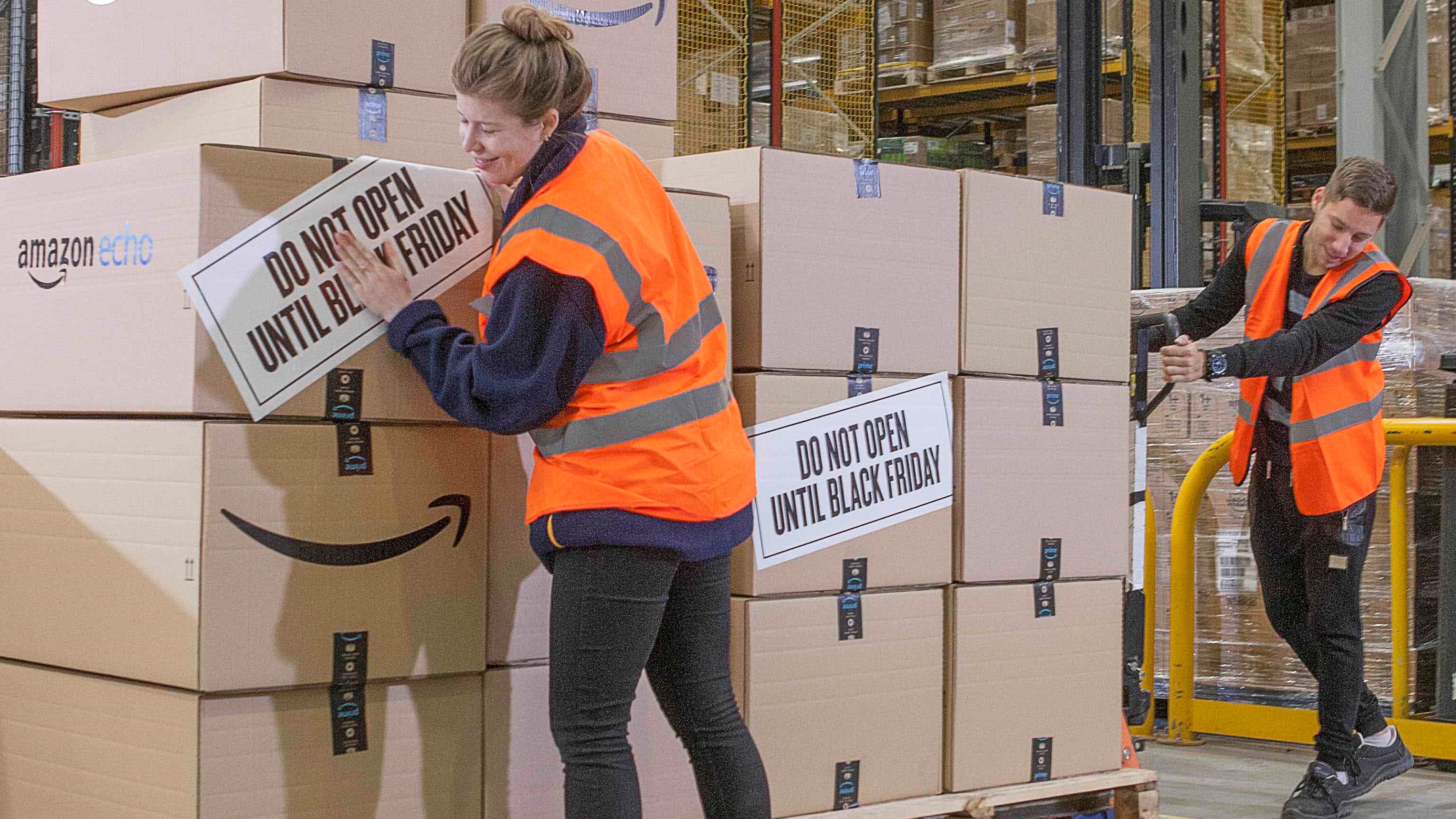
It's Black Friday today – but this is the one trick you need to learn before buying anything
Don't get too far without using this
By Max Freeman-Mills Published
